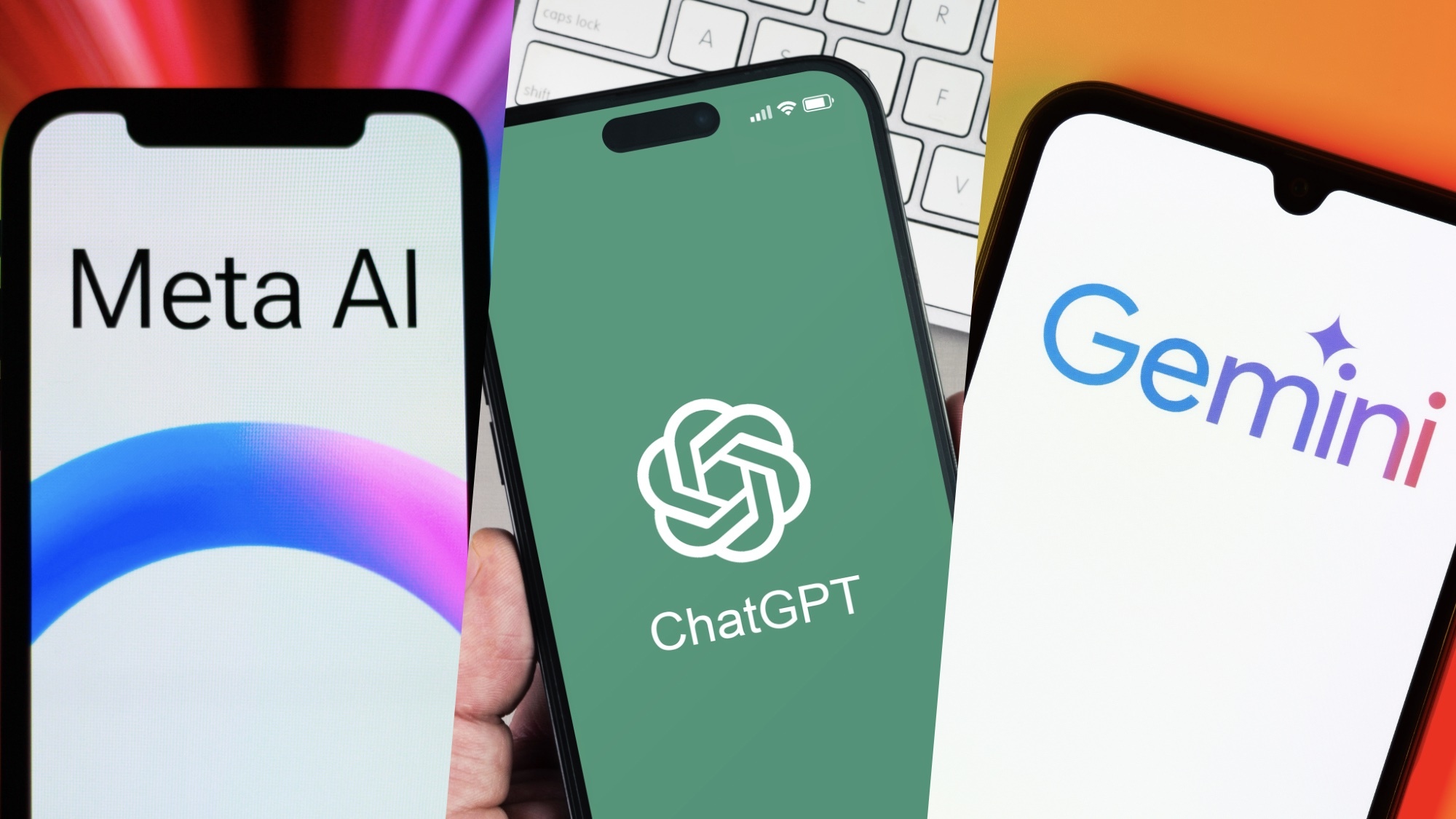If you’ve spent any time using ChatGPT or really any chatbot, you already know the results can range from wildly helpful to just plain weird — and the difference often comes down to how you phrase your prompt.
The good news? You don’t need to be a prompt engineer or a power user to unlock ChatGPT’s full potential. You just need to learn five types of prompts. Master these, and it will help you write, summarize, ideate and even negotiate like a pro.
Whether you’re using GPT-4o, Gemini, Claude or another favorite chatbot, these prompt formats are universal.
1. Summarize it like I’m late for a meeting
If ChatGPT can do one thing really well, it’s summarize — long articles, meeting notes, email threads, PDFs, you name it. A good summary prompt makes your reading list shorter and your life easier.
After uploading a document to summarize, try these prompts:
- “Summarize this text in 3 bullet points.”
- “Give me a TL;DR of this article for a Gen Z audience.”
- “What are the key takeaways from this document?”
- “Rewrite this news story in under 75 words.”
Pro tip: You can even ask for summaries in the tone of your audience: formal, casual, sarcastic or even “like a morning show host.” Just specify what you want and the chatbot will follow through.
2. Reframe it for the right moment
Sometimes you have the right message but the wrong tone. Reframing prompts help you turn awkward drafts into polished communication; or adapt one piece of content into multiple styles.
After uploading the document you want to polish, try these prompts:
- “Rewrite this email to sound more confident but still friendly.”
- “Make this LinkedIn post more engaging and less stiff.”
- “Turn this paragraph into a tweet.”
- “Make this less robotic and more human.”
Pro tip: You can stack styles: “Make this shorter, punchier, and funnier — like something you’d see in a Slack message.”
You can even drop it into another chatbot for a completely new take.
3. Brainstorm like your creative friend who never runs out of ideas
Feeling stuck? ChatGPT thrives when you give it a creative problem and ask for quantity first, quality second. Use brainstorming prompts to generate ideas you can refine later.
Try these prompts to get what you want:
- “Give me 10 blog post ideas for a productivity website.”
- “What are some unique ways to promote a book about burnout?”
- “Suggest some metaphors I can use to describe imposter syndrome.”
- “Brainstorm unusual taglines for an eco-friendly sneaker brand.”
Pro tip: Follow up with “Make these funnier,” “Make them shorter,” or “Pick the best three and explain why.”
4. Compare like an unbiased (but extremely opinionated) assistant
Comparison prompts help you cut through decision paralysis; whether you’re choosing between gadgets, apps, or vacation spots.
You can ask for side-by-side breakdowns, pros and cons, or even final recommendations.
- “Compare the iPhone 15 Pro and Galaxy S24 Ultra for battery life, camera and AI features.”
- “Pros and cons of switching from Notion to Google Keep.”
- “Which is better for learning to code: Python or JavaScript?”
- “Give me a chart comparing the cost of these three gym memberships.”
Pro tip: Ask “Which would you choose for [your goal]?” to get a confident AI pick and then press it on why.
5. Role-play your way to better answers
This is the secret weapon of power users. When you assign ChatGPT a persona or point of view, the responses become dramatically more focused, useful, and human-sounding.
You’re basically casting the AI in your own play. Try these prompts designed to imitate the persona you’re looking for:
- “Act like a nutritionist. Create a 7-day meal plan for someone with no time to cook.”
- “You’re a therapist. Give advice to someone dealing with imposter syndrome at work.”
- “Pretend you’re an ultra-picky hiring manager. Review this résumé and list red flags.”
- “You’re a brand strategist. Give feedback on this company tagline.”
Pro tip: Combine role-play with task and tone. Example: “You’re a chill Gen Z marketing intern. Give me feedback on this presenation.”
Final thoughts
You don’t need hundreds of fancy prompts to get amazing results. Try these five types of prompts out and see which one, or all, work for you to help generate better results.
Whichever chatbot you use, these can help support your efforts to summarize, reframe, brainstorm, compare and role-play to tackle just about any project.
More from Tom’s Guide
Back to Laptops
Source link
